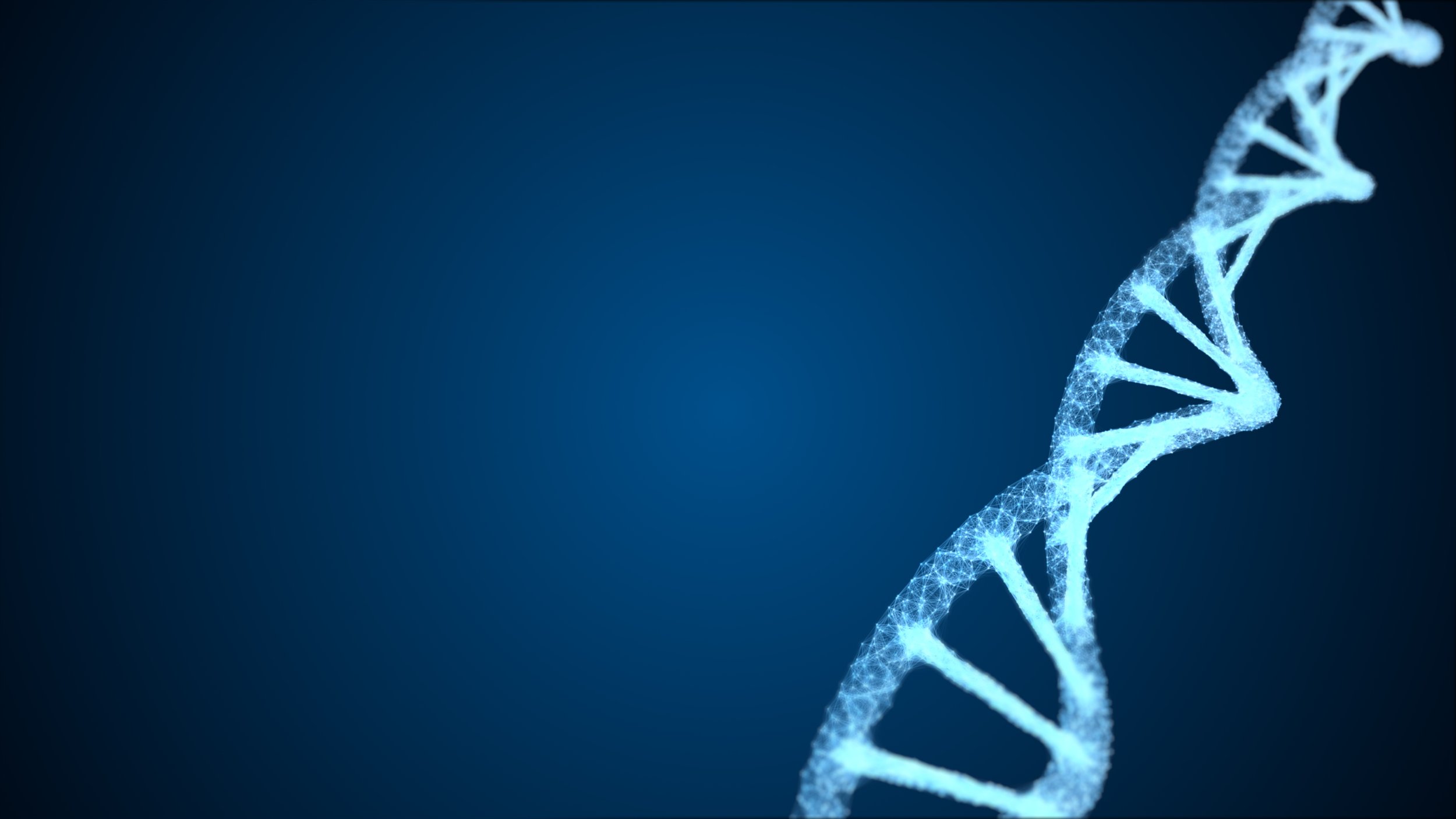We're looking for rejuvenation,
but is it scientifically possible?

We learn as children that death is inevitable, but what if that only applies to the current state of science? It was also impossible to fly a few centuries ago, until the airplane was invented, wasn't it? So, although it still sounds like science fiction, many scientists around the world are researching how to develop rejuvenation therapies to not only give people longer lives and younger bodies, but also cure age-related diseases.

And what are the age-related diseases?
These are diseases whose incidence increases with age, and not only that; their greatest risk factor is also age. Examples of age-related diseases are:
cardiovascular diseases (heart attack, stroke, etc.)
cancer
type 2 diabetes
Alzheimer's disease
Parkinson's disease
osteoporosis
And what do all these diseases have in common? In addition to occurring much more frequently in the elderly, these diseases are very difficult to cure — usually, a chronic control is a more realistic goal for them, until the person dies from another one of these diseases of aging.
That's why many scientists are trying to develop rejuvenation therapies, to cure age-related diseases by rejuvenating the whole body. What's more, rejuvenation therapies can prevent these diseases from arising in the first place, so that they don't even need to be cured.

What are the therapies are currently being studied for rejuvenation?
Rejuvenation science around the world has been searching for decades for some kind of therapy that could be effective to reverse aging, and many possibilities have already been tested. The most important examples are telomerase, senolytics, partial cell reprogramming and young small extracellular vesicles. In addition, the combination of diet and exercise is the only strategy that has been proven to considerably reduce the effects of aging in humans, without, however, rejuvenating the body to the point of doing anything more than giving it an extra decade or two of life. Below you can see more details on the four therapies mentioned above.
-
Over the years, the ends of chromosomes, called telomeres, shorten. Telomeres have the function of protecting the entire genome and their shortening is related to genome instability, stem cell depletion and mitochondrial dysfunction. However, the activation of the telomerase enzyme in cells leads to the lengthening of telomeres, reversing this aging effect.
Tests on mice achieved important results in an experiment published in 2024, where they observed reduction in cellular senescence, reduction in the levels of inflammatory cytokines and inflammation in the brain, increase in adult neurogenesis and improvement in cognitive performance in the treated old animals.
-
The accumulation of senescent cells is another consequence of aging. Although they are important in the healing process, the accumulation of these cells with age increases inflammation in the body and impairs the efficiency of tissues, as well as inducing the incidence of cancer. In general, their selective elimination, according to many scientists, would improve human health and partly reverse aging.
In recent studies on mice, senolytics improved the animals' physical performance, as well as increasing the lifespan by 36%. In addition, senolytics have been shown to be beneficial to these animals in terms of vascular health, for the treatment of type 2 diabetes, for skin aging and for the treatment of osteoarthritis.
-
Around 2014, the rejuvenation science made one of its most important discoveries in recent decades: the rejuvenation of cells. This was done by activating 4 genes in old cells, the OSKM genes, each of these letters being a reference to the initials of each of these genes. The activation of these genes for a limited time leads to a reprogramming of the old cells, which behave like young cells again, without losing their functional specificity.
In addition to the demonstration of rejuvenation in cells in vitro, partial cellular reprogramming, through the use of transgenic animals or viral vectors, has led to important results in the area of organismal rejuvenation. For example, elderly blind mice that received a partial cellular reprogramming treatment in the optic nerve had their vision restored. In addition, it was observed that old mice that received viral vectors that induced the activation of OSKM genes in the brain had an improvement in cognitive ability, spatial memory and a reduction in epigenetic age.
-
In the mid-2000s, the science of rejuvenation started to study again a scientific phenomenon discovered in the 1950s: the rejuvenation of old mice through the transfusion of blood from young mice. Several studies carried out since then indicate that this phenomenon is caused by small extracellular vesicles, which are tiny packets of less than 200 nanometers excreted by cells that carry different types of signals through the blood to the entire body.
In a recent study, for example, small extracellular vesicles extracted from young mice, when injected into old animals, prolonged the animals' lifespan, improved the mitochondrial energy metabolism, mitigated senescent phenotypes and ameliorated the functional decline associated with aging in several tissues, including the hippocampus, muscles, heart, testes and bones.

What is the most successful line of research?
Of all the strategies analyzed by the ICR, young small extracellular vesicles is the one we consider most promising, not only because of the study mentioned above, but mainly because of another study, published in October 2023 in the scientific journal Geroscience, in which scientists managed to rejuvenate old mice according to a series of parameters, including memory, grip strength, blood biomarkers, senescent cells and, above all, epigenetic age, which was reversed by 67%. Epigenetic age is a way of measuring the biological age of an organism based on the state of DNA methylation, and is currently one of the most important markers in the study of aging.
The reasoning behind this therapy is based on the scientific theory that aging is controlled by age signals, which in mammals, for example, are transported and distributed to cells via the bloodstream. This theory is explained in detail in the book The Illusion of Knowledge, by Harold Katcher. Therefore, ICR is carrying out experiments to see if the results of the article published in Geroscience can be reproduced, and all stages of this process are being carried out in complete transparency. In fact, if we are successful, we have a plan to continue the process up to human testing.

